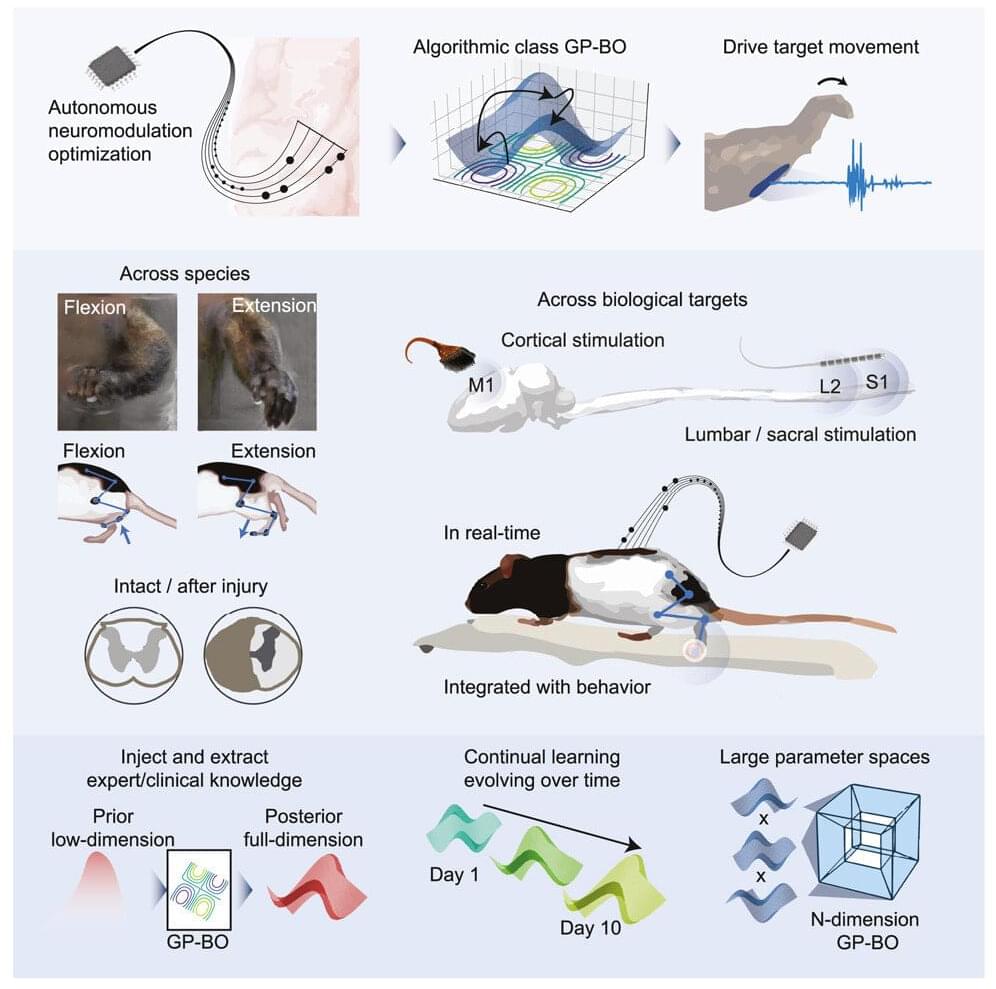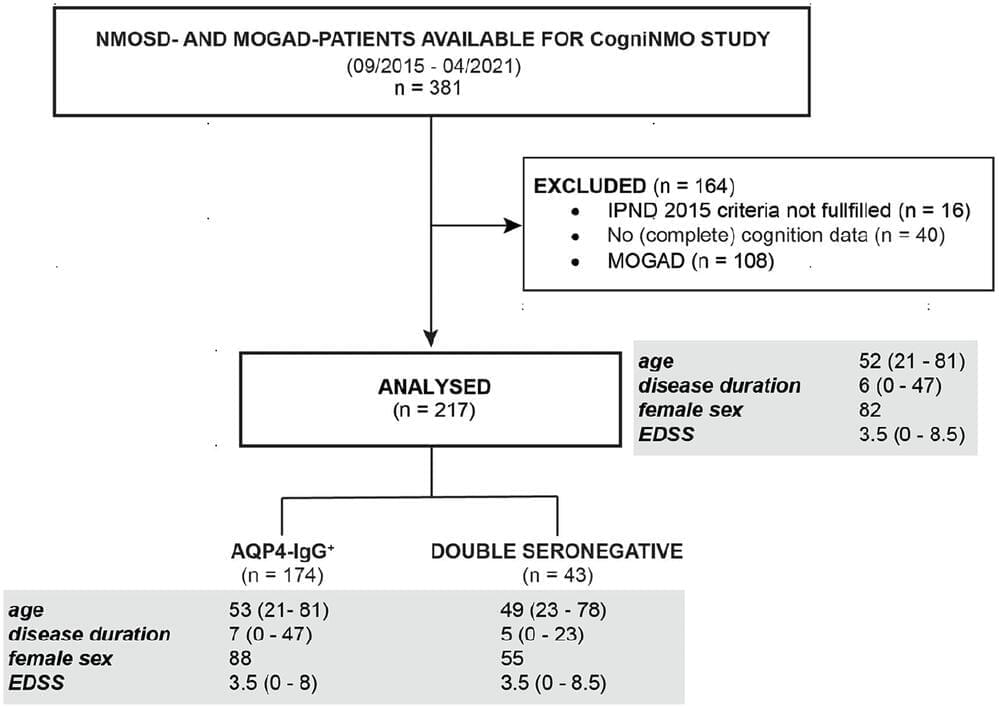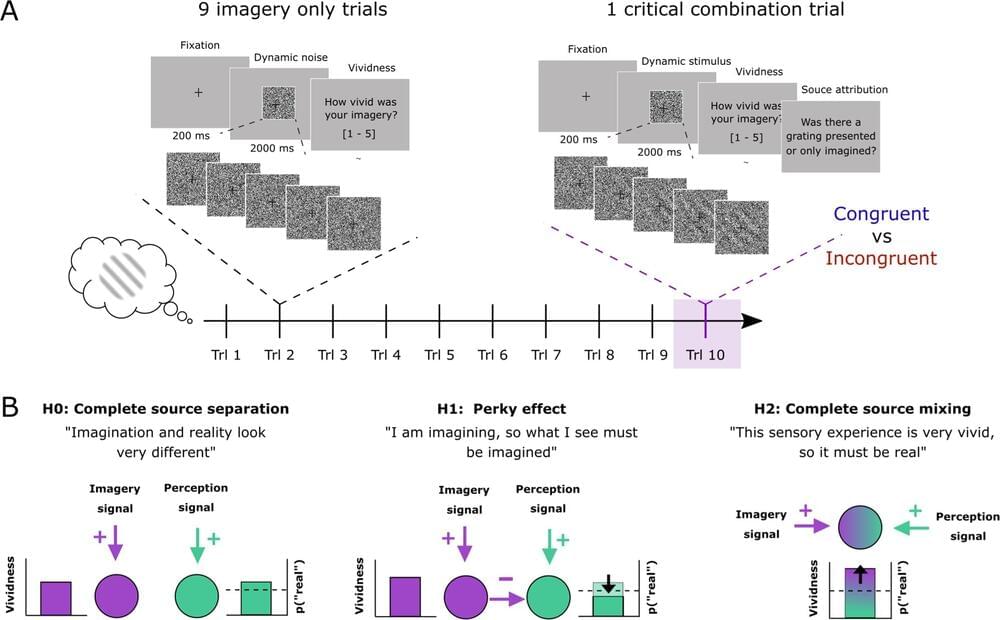Over a hundred years after the discovery of the neuron by neuroanatomist Santiago Ramón y Cajal, scientists continue to deepen their knowledge of the brain and its development.
In a publication in Science Advances on April 5, a team from the Institut Pasteur and the CNRS, in collaboration with Harvard University, revealed novel insights into how cells in the outer layers of the brain interact immediately after birth during formation of the cerebellum, the brain region towards the back of the skull.
The scientists demonstrated a novel type of connection between neural precursor cells via nanotubes, even before the formation of synapses, the conventional junctions between neurons.








